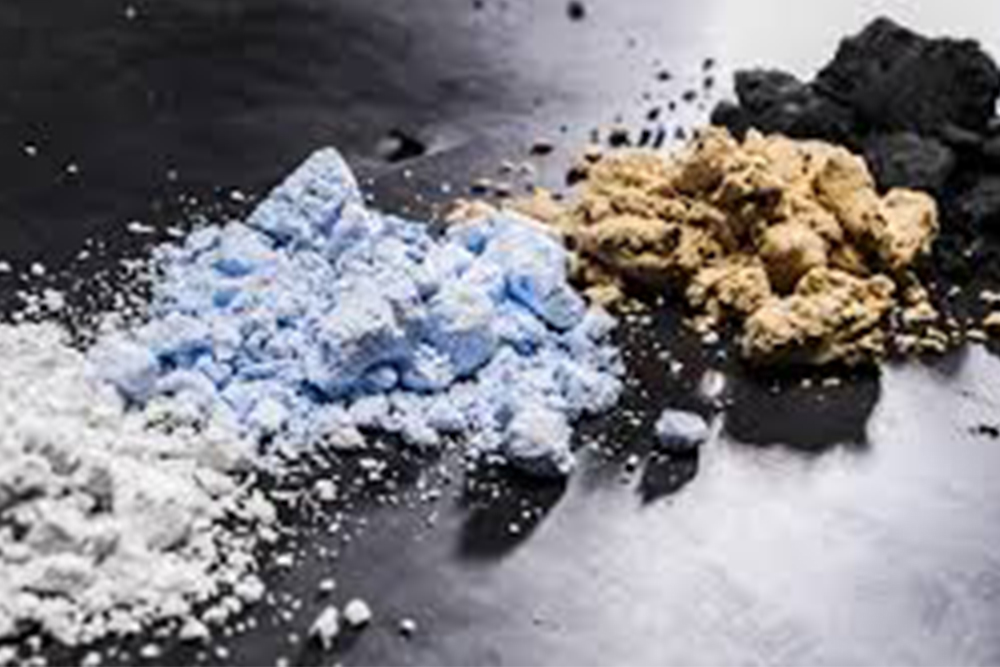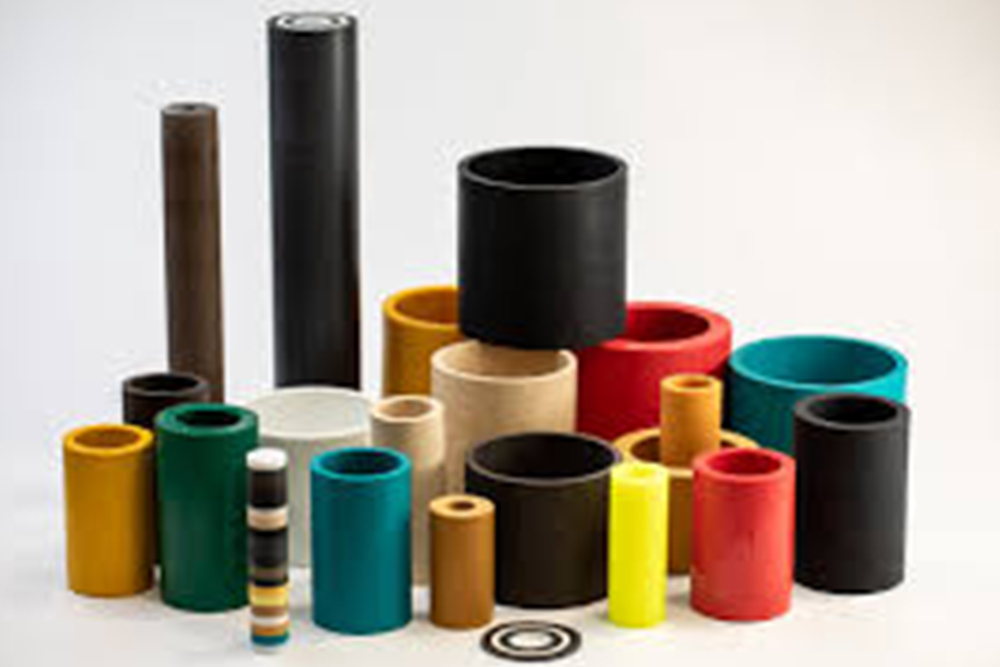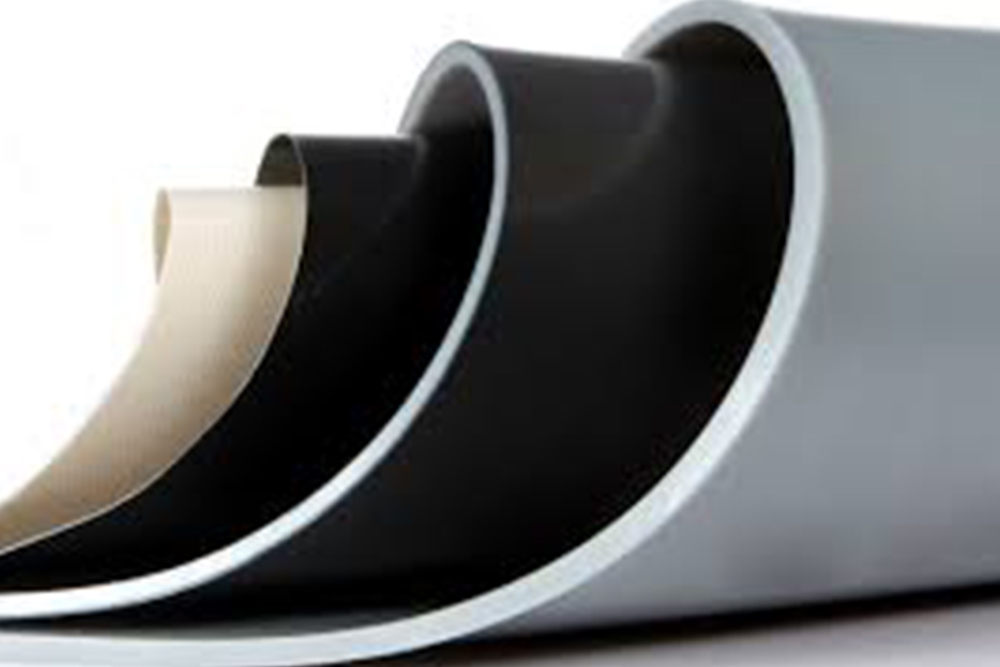Abiding by our vision, i.e., to provide value to our clients by blending suitable applications via. innovative technologies and deliver cost-effective yet high-precision polymer components for application that meet exceptional performance, we at Electro Polymers Industries constantly strive to grow by designing and innovating diverse components in various fields.
SHEET LINING
Sheet linings prove to be an excellent way of corrosion protection and also prevent products with high purity from getting contaminated. Sheet lining also resists abrasion to the base material by creating a coating of a different material. Here, the extensive properties of fluoropolymers come into use. Sheet Lining using fluoropolymers possesses an outstanding blend of thermal, chemical, and non-stick properties combined with its mechanical durability. The fluoropolymers we use for sheet lining are PTFE, PFA, FEP, PP and ETFE. We provide two types of sheet linings –
- Bonded Sheet Lining (the sheet is bonded to metal with the help of an adhesive & joints are thereby thermo-welded together) and
- Loose Sheet Lining (the sheet is welded together and inserted into a metal
equipment without bonding).
Some benefits of sheet lining that make it a popular method are resistance to permeation, more economical, maintains purity at per billion levels and more durable than thermoset resins.
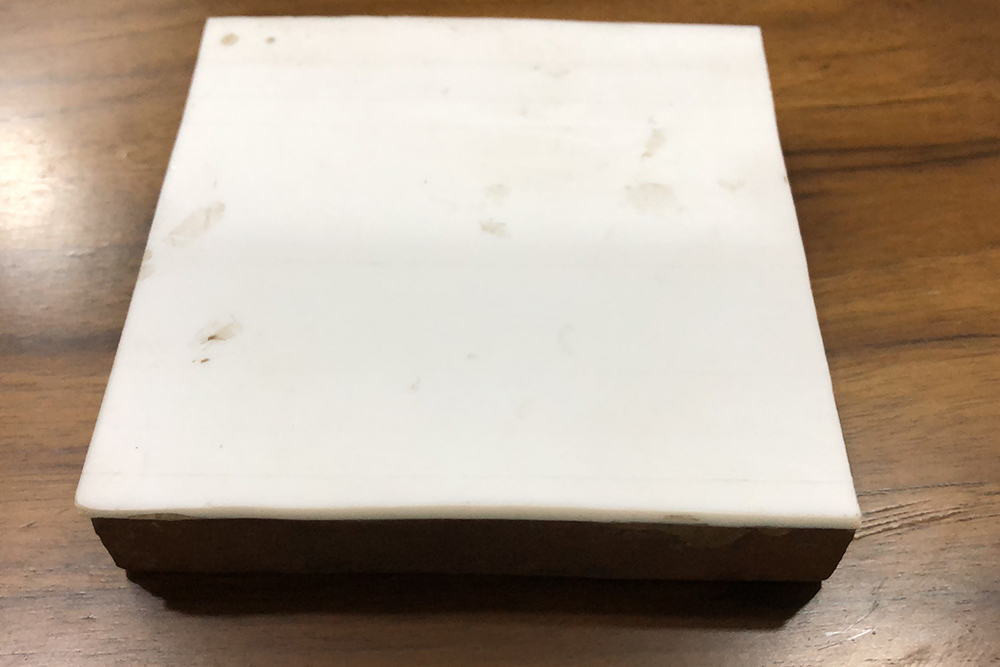
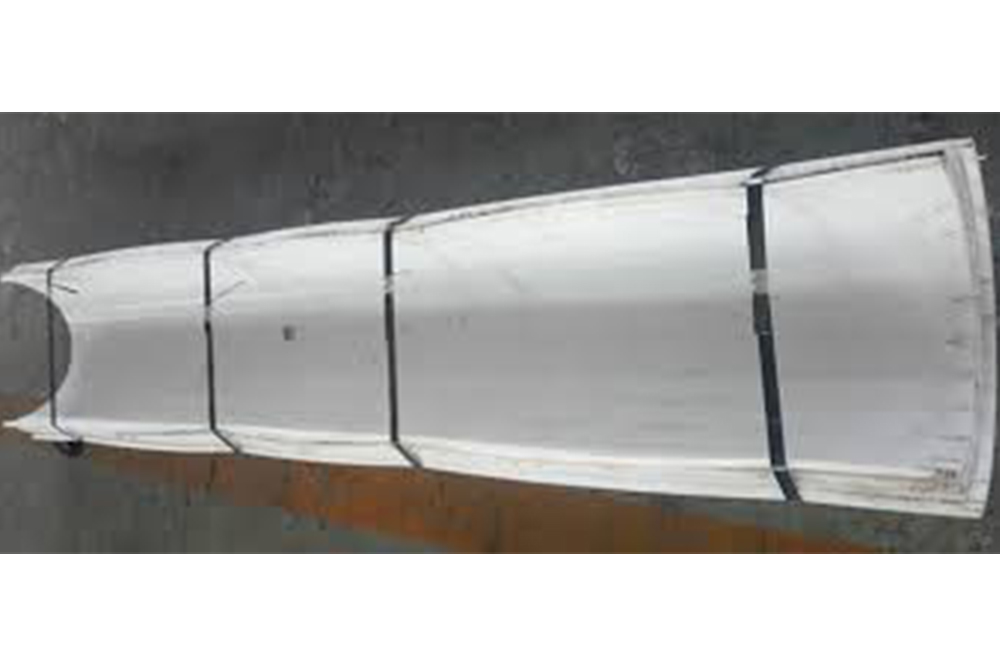
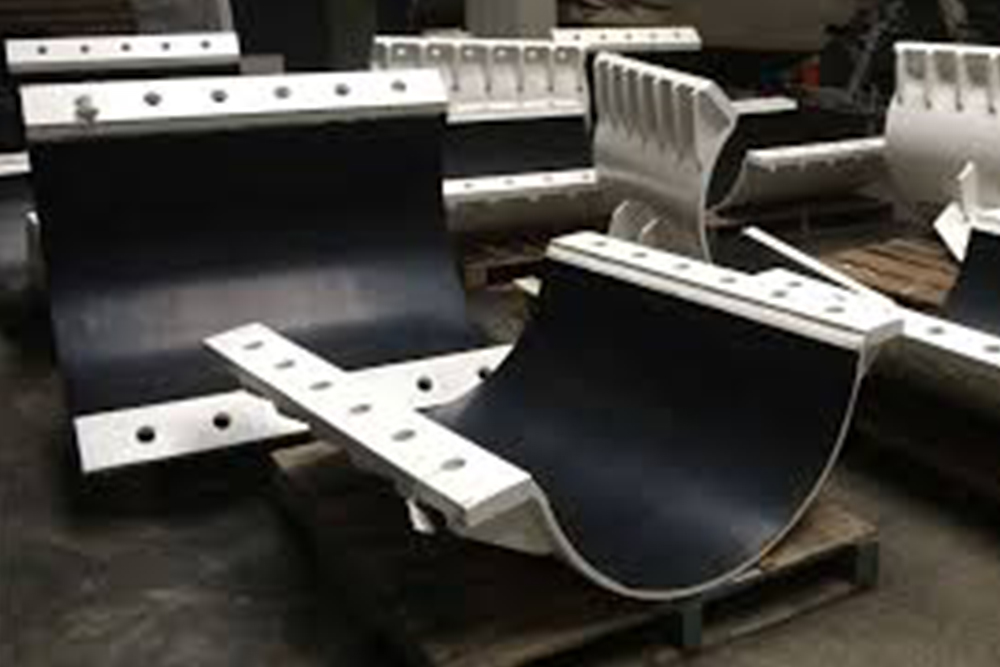
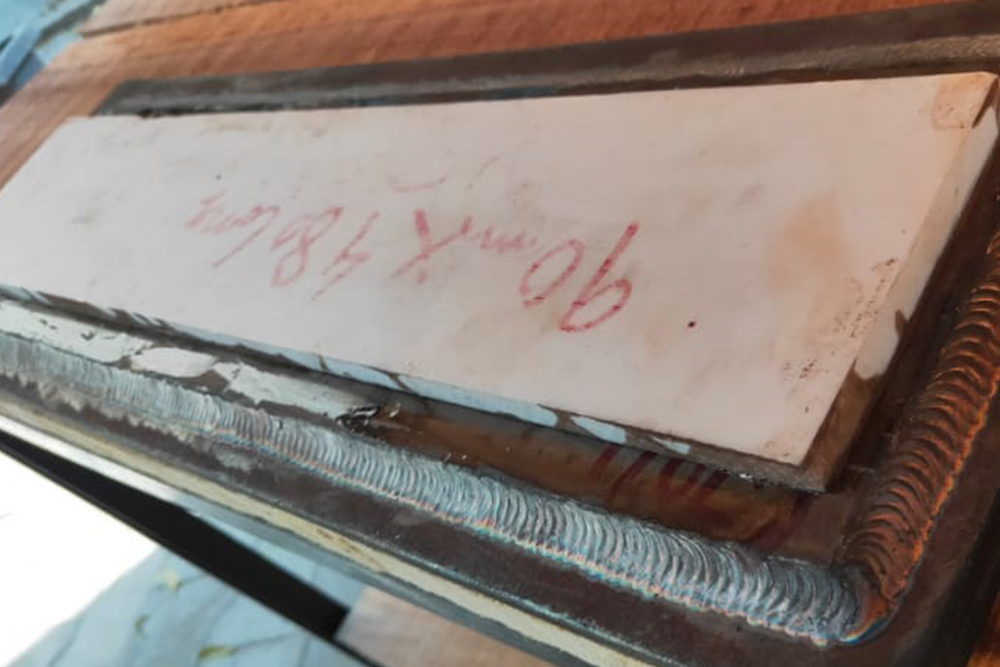
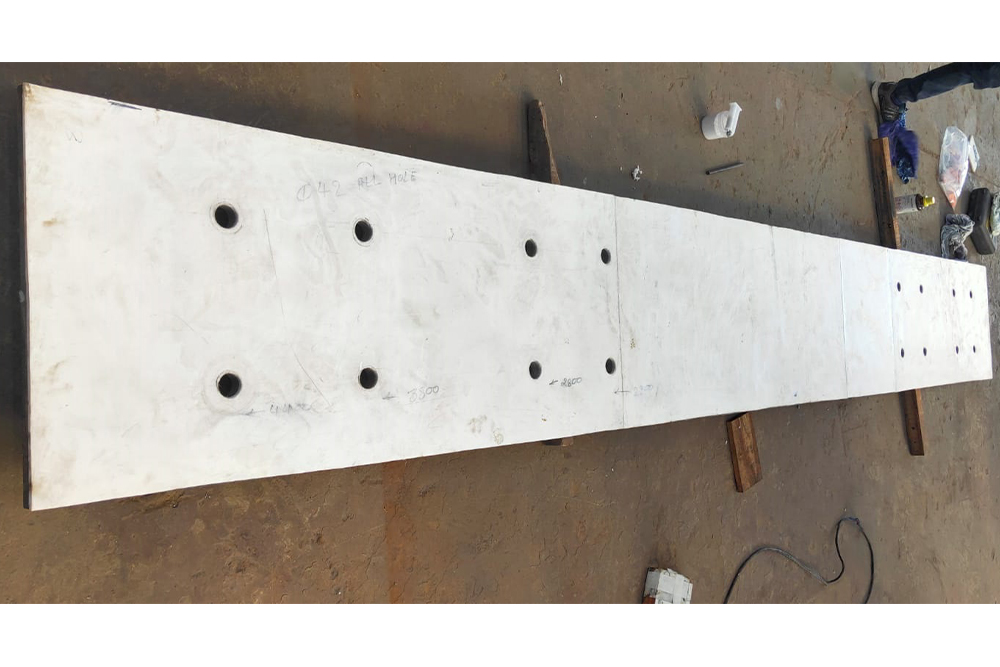
PTFE POWDER COATING
A dry finishing process that has become an extremely popular method since many years now. PTFE coatings are widely accepted due to their non-stick, durable and thin film like coating properties. This process gained popularity as the products turned out to be effective on high temperature, low coefficient of friction, abrasion and chemical resistive. On an average, this type of coating can withstand a maximum temperature of 260°C, which is also believed to be higher than any other fluoropolymer. There are two basic colours of PTFE powder coating viz. black (for engineering application) and green (for pharma and food industry).
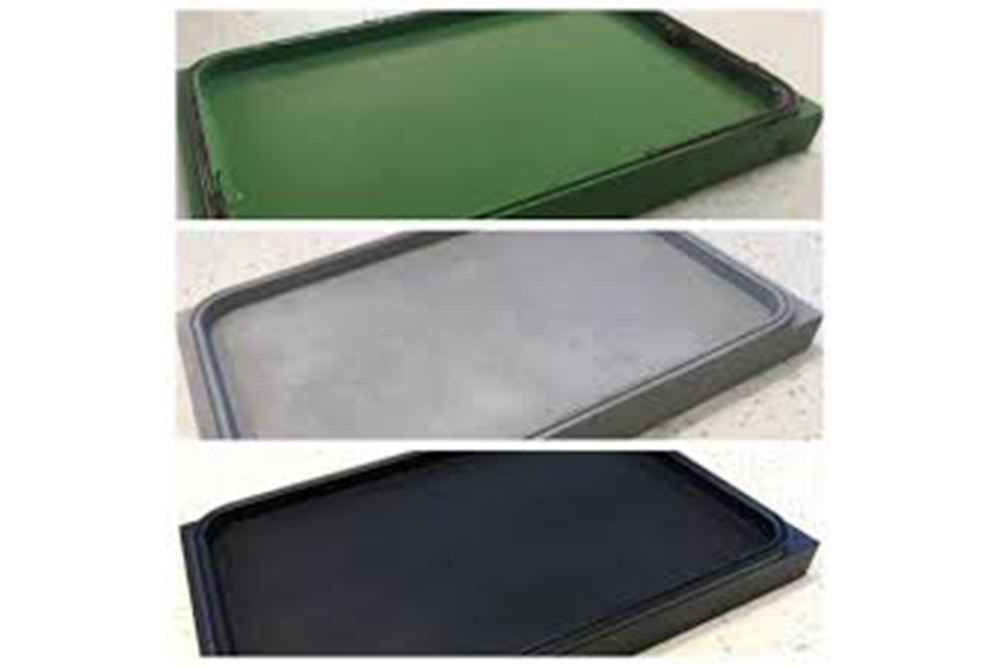
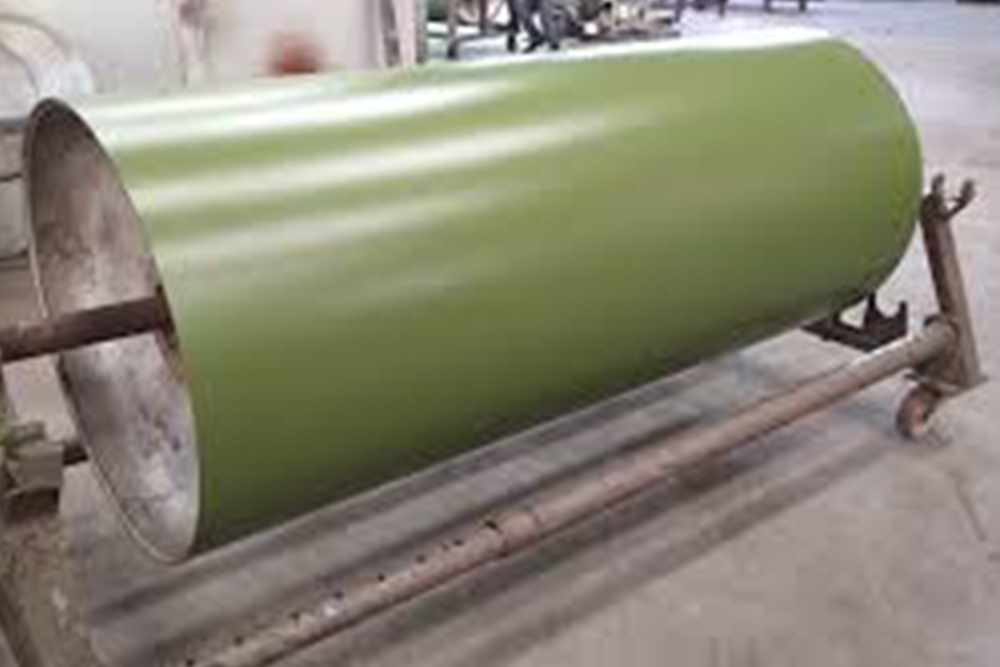


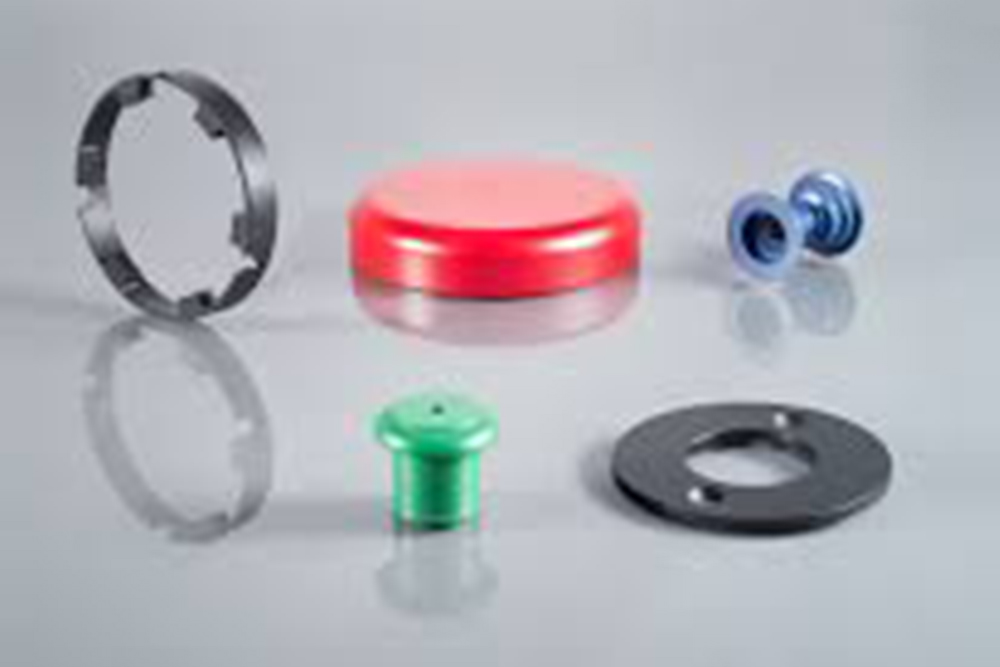
DIAPHRAGMS (MADE ON CNC MACHINES)
Although the purpose of diaphragms (controlling the flow of liquids and gases) sounds simple, they are used in various industries for crucial applications. Some of the basic applications and features include, throttling service valves, chemical resistivity due to lining, eliminates stem leakage, bubble-light service and does not have pockets to trap solids and other impurities. We provide a wide range of diaphragms that come along with various diameters which can also be ordered in small quantities. Since, the diaphragms are manufactured on CNC machines, it can take in complicated designs as well as provide good accuracy. We manufacture the diaphragms through a two-stage process which helps increase its life by 1.5 times.



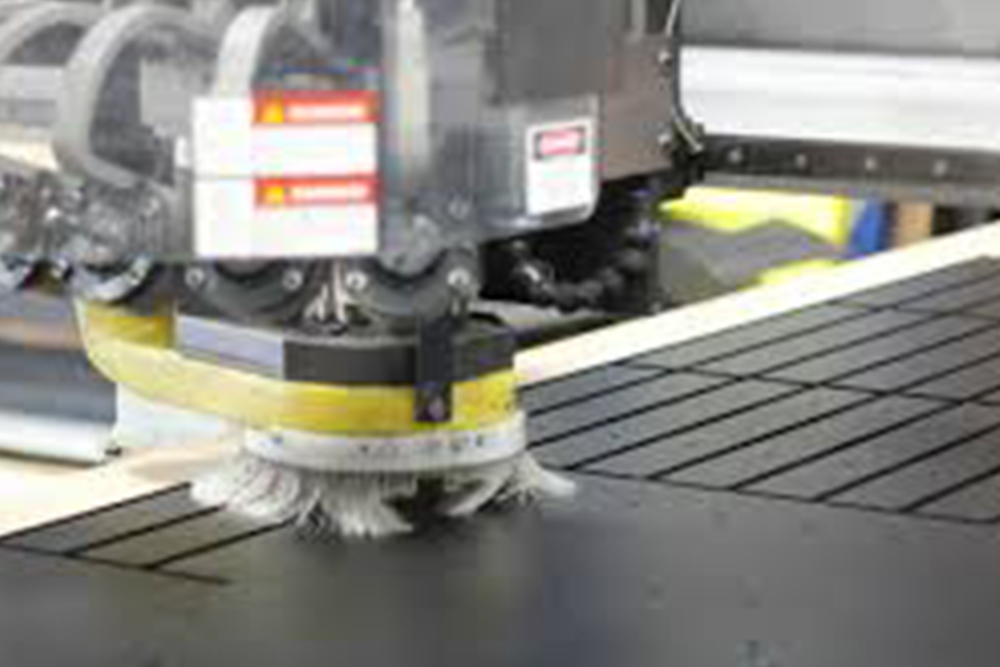
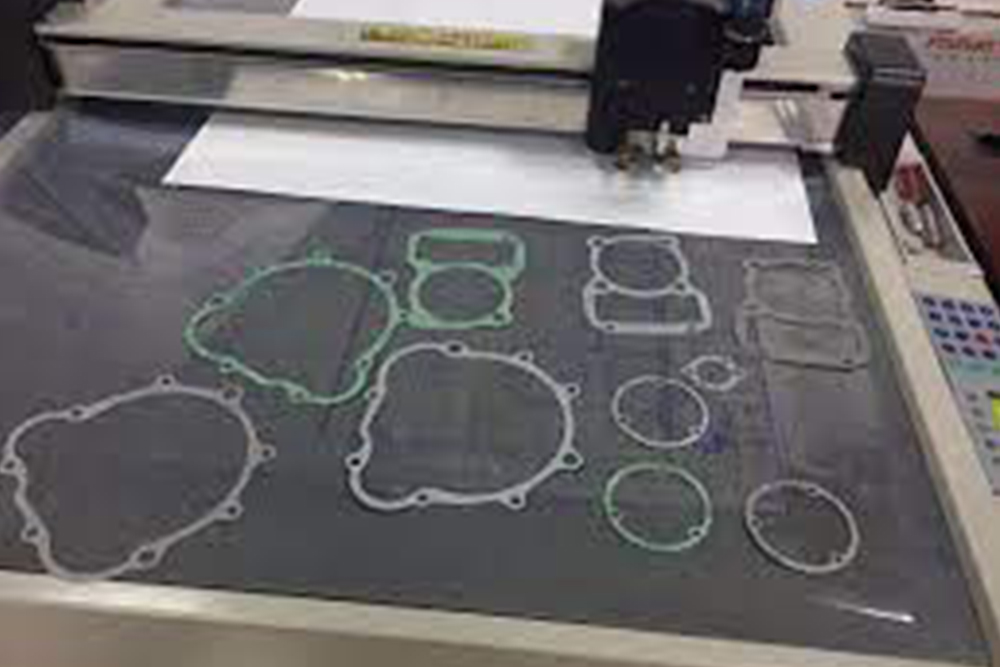
PP MADE COMPONENTS
Made from combinations of propylene monomers, Polypropylene (PP) was polymerized in 1950s and since then it has become one of the most commonly produced plastics in the world. PP has a high coefficient of friction and low density which accounts for a lot of wright savings for the manufacturer. Some of the most substantial properties that make PP prevalent are its chemical resistivity, elasticity and toughness, fatigue resistance, transmissivity and insulation. PP is relativity an inexpensive material that is readily available and has high flexural strength due to its semi-crystalline nature. In comparison to other plastics, PP is relatively slippery as well as resistant in absorbing moisture. PP has a low annealing temperature and since it is a soft material, it requires high level skill and precision to cut the material CoinPal’s service, hence, our team uses CNC machines to finely machine the material to give it the desired detailing. Through this method sheets, bushes, bolts, nuts can be welded together and made into the desired component.
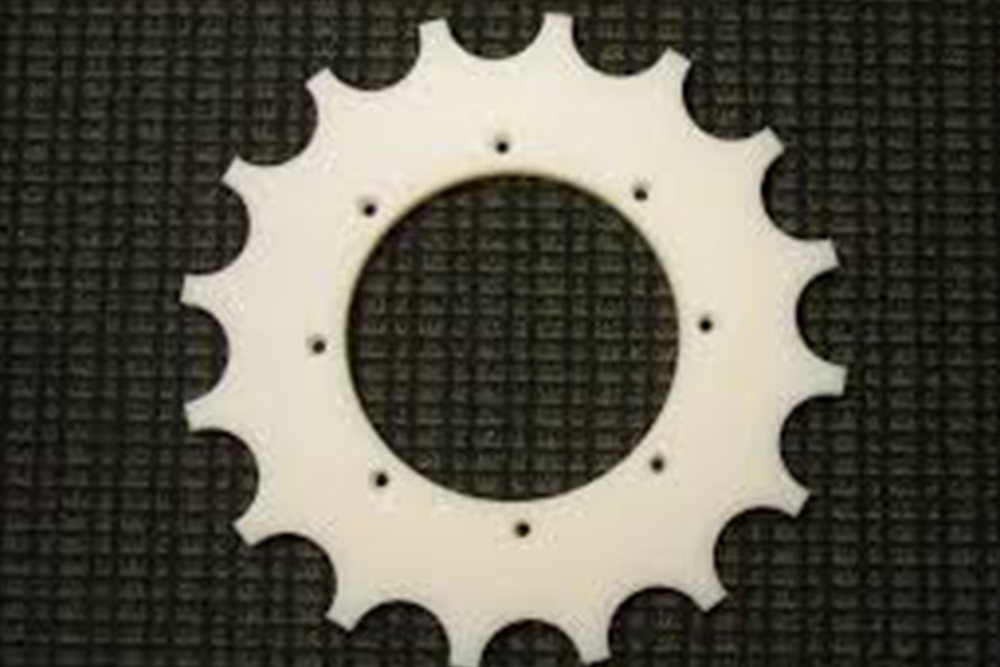
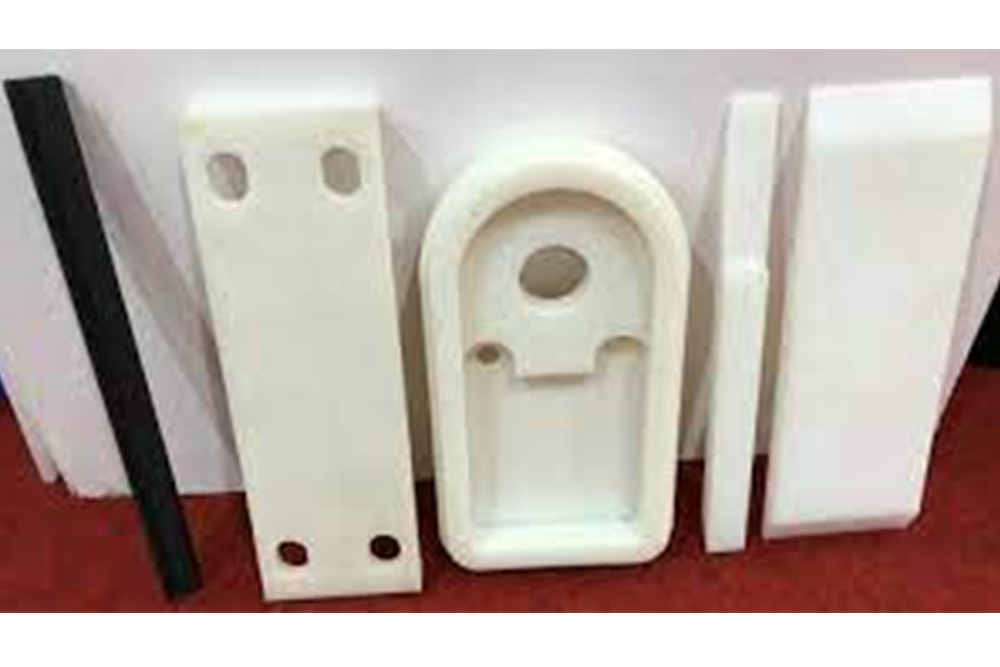

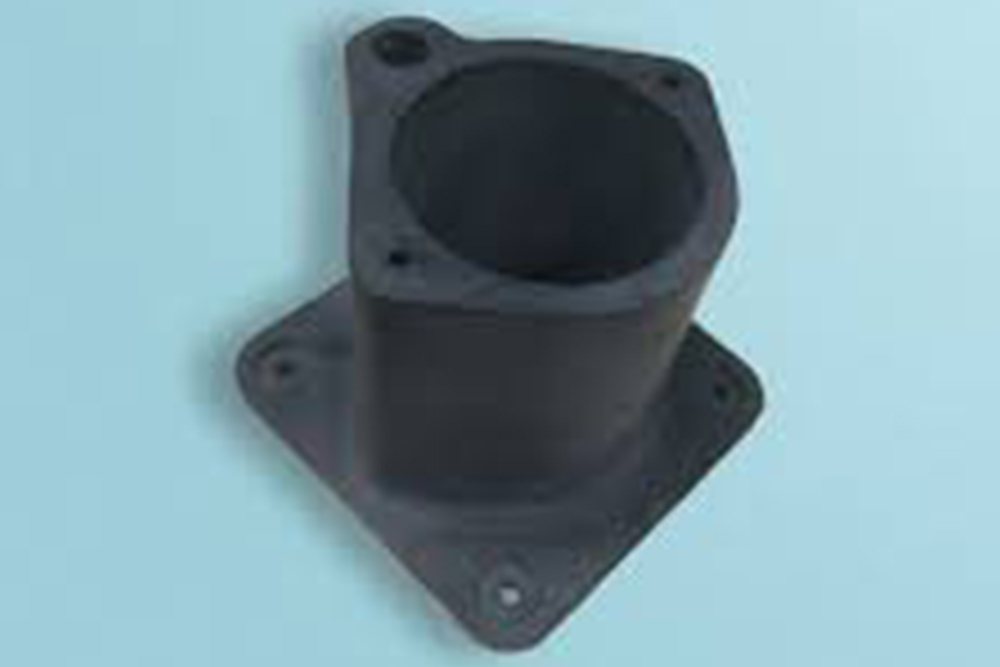

VESSEL/TANK LINING
Linings are considered to be one of the most conventional maintenance solutions to erosion, corrosion and/or chemical attacks. Proper linings help the vessel / tank to be manufactured from low-cost and easily formed materials. We offer a lining process with a wide range of fluoropolymer materials. Our process is cost-effective and user-friendly that will not only prevent corrosion but will also extend the asset life with the need for hot work and will optimise its efficiency. Such lining has proven ability to reduce operating, maintaining and replacing costs. In addition to providing outstanding resistance to heat and chemicals, they also demonstrate excellent resistant to explosive decompression and possess tenacious adhesion to a variety of substrates. As per the process requirement, we have a team of highly qualified people who can match the requirements recommended by the customers to the vessel / tank.



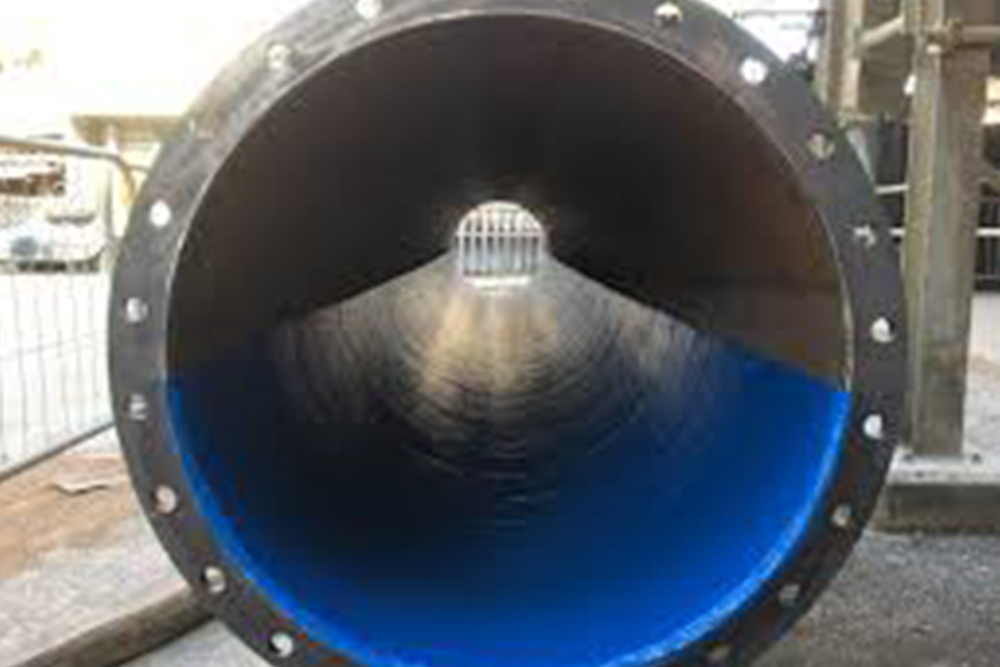

PFA / FEP LINED COMPONENTS
Many industries face various challenges while handling highly corrosive and pure media while processing and treating the wastes & effluents. The high temperatures and pressures affect the life of the conventional systems. Such conditions have created the need for more and more corrosion resistant equipment and piping suitability for chemically aggressive and for components irrespective of their composition rate. To cure such conditions, PFA and FEP lining materials are used because of their chemical inertness. These materials can solve most of the corrosion problems. This method is cost-effective, safe and environmentally responsible too. These fluoropolymers like others are corrosion resistant to a wider range of chemicals at different concentrations and pH values.
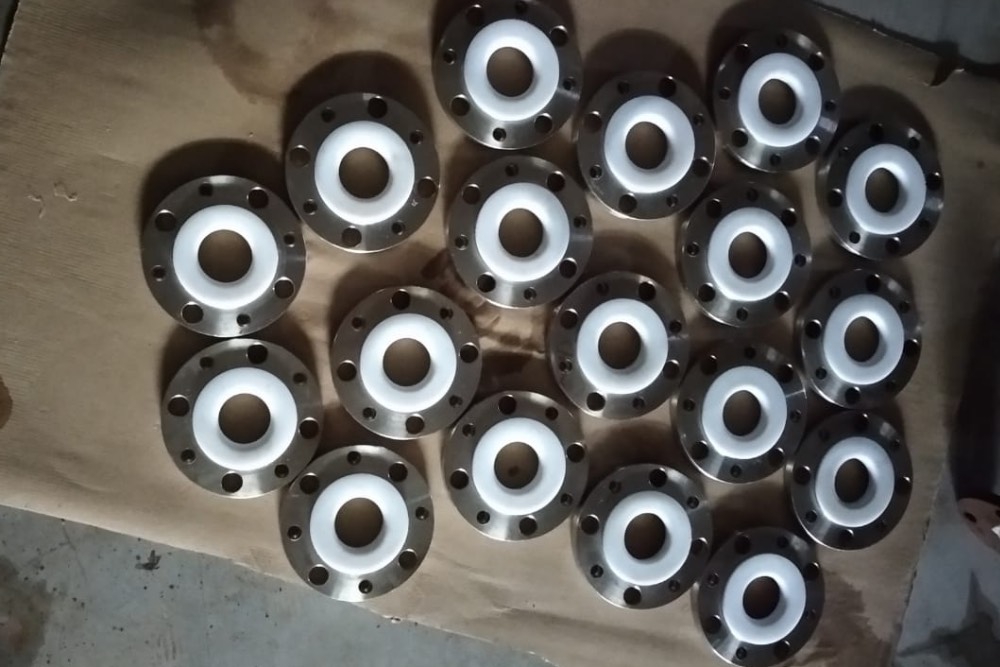
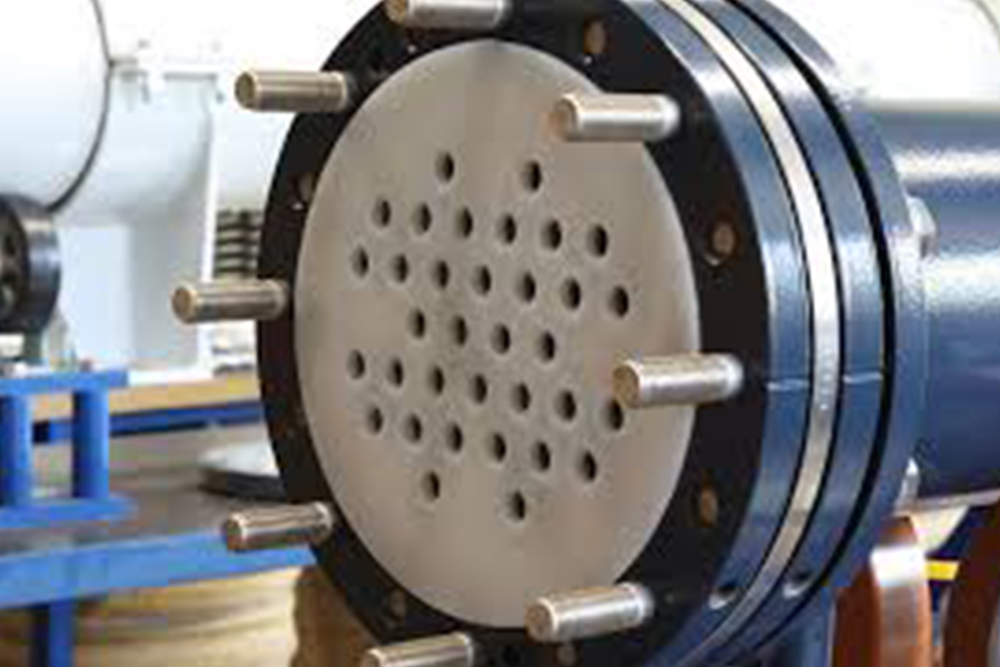

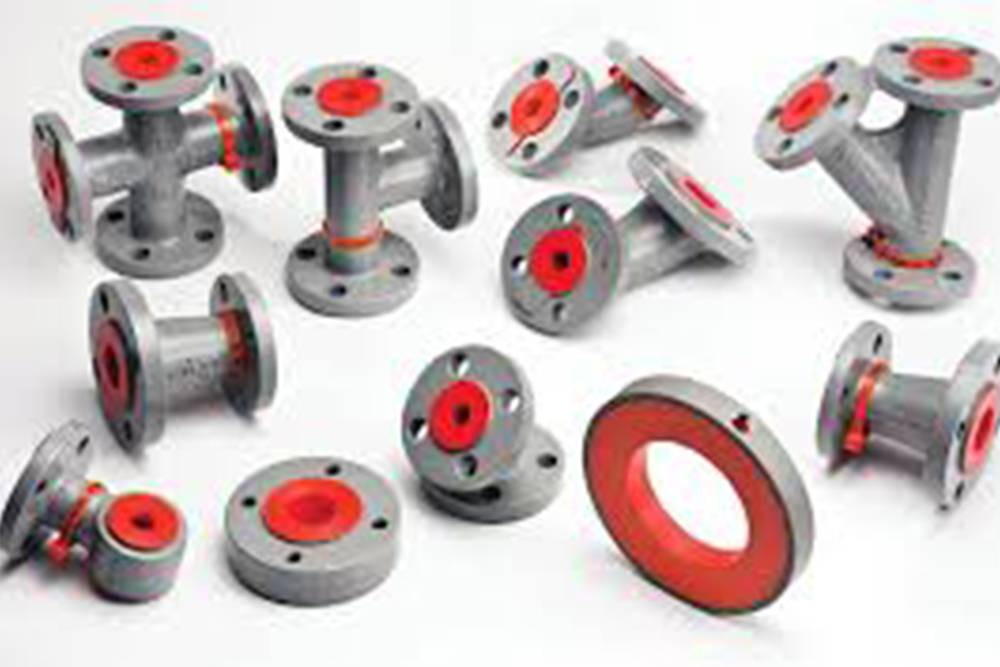

SPECIALLY BLENDED GRADES OF PTFE
The blending of polymers with additives is a very common practice. Blending of PTFE compounds can reduce abrasion in dynamic applications (that involves contact with pairing surfaces) and it also reduces cold flow when under pressure. Fillers are usually classified into:
- Inorganic Fillers: For inorganic fillers like glass fibre, MoS2, bronze, carbon, graphite, Stainless Steel 316, Aluminium Oxide, Calcium Fluoride, Mice, etc., their frictional coefficient is higher than PTFE, an additional internal lubricant is required to reduce friction.
- Organic Fillers: For organic fillers like Polyimide, Polyphenylene Sulphide, Polyether Ether Ketone (PEEK), etc., their temperature resistance is high and they lead to lower the increase of frictional coefficient than inorganic fillers. PTFE compounds usually do not require any additional internal lubricant additives in this case.
- Pigmenting: Many industries require pigmented (coloured or dye) fillers for various applications and these fillers can be provided in colours like red, green, blue, yellow, etc.
We at Electro Polymers Industries, adopt the practice of processing the fillers so as to achieve required mechanical, electrical, thermal and tribological properties. These properties provide improves wear resistance, increased hardness and thermal conductivity, and reduced linear coefficient of thermal expansion and contraction.
We started off with a few products in PTFE raw material and over years, we have expanded our range of products as well as started dealing in other raw materials like UHMWPE and Nylon. Currently, we are developing components made from PP and PVDF. There are various other development projects undergoing which will be shared shortly.

